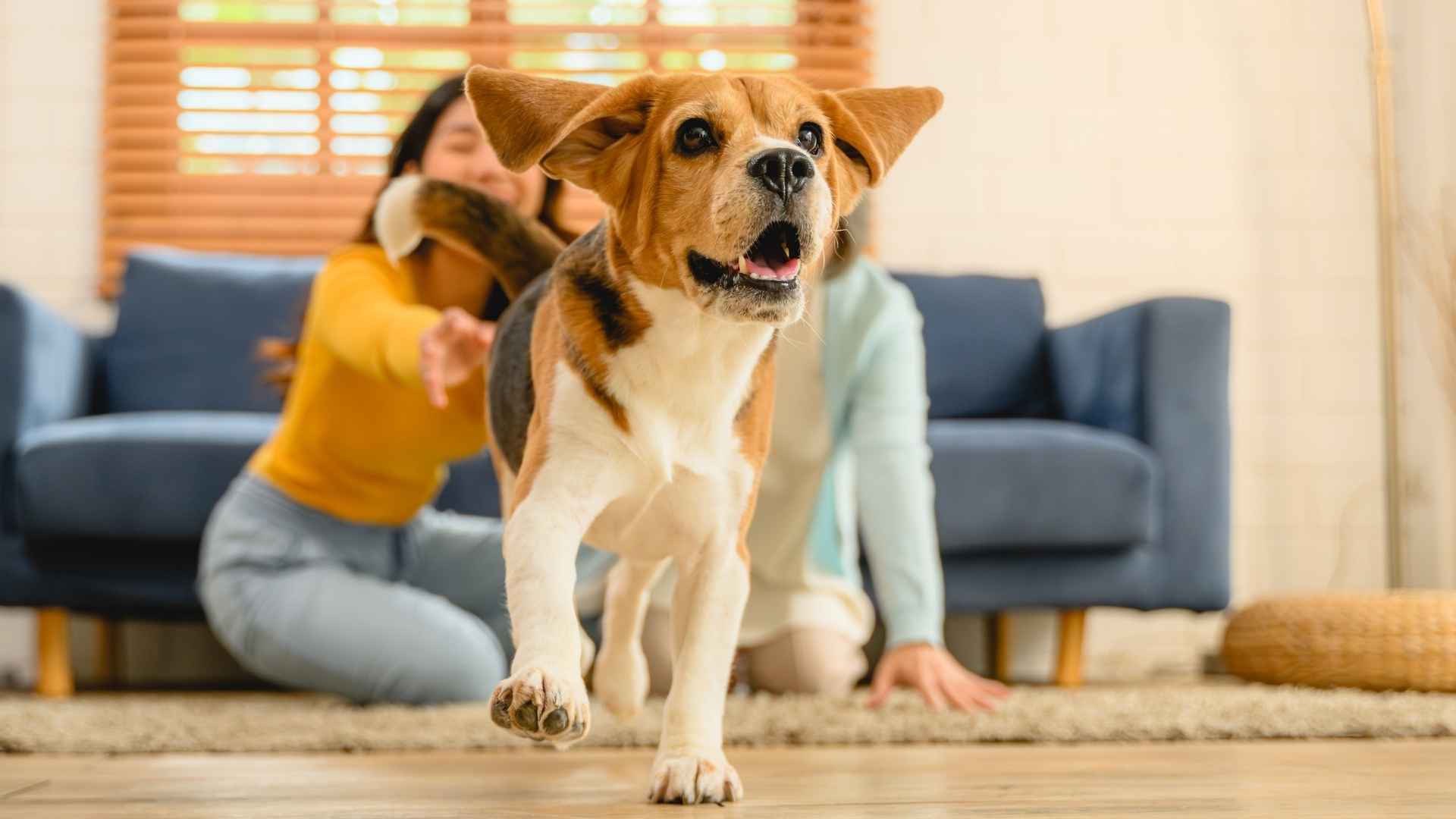Some dogs react to every sound they hear, from footsteps in the hallway to a car door closing outside. Among the most amusing, and sometimes puzzling, behaviors is the way certain breeds respond when a doorbell rings on TV. For these dogs, the sound is real enough to trigger excitement, curiosity, or protective instincts, even when no one is actually at the door.
This response isn’t random. It’s influenced by a mix of keen hearing, alertness, and a strong sense of territory that some breeds display more than others. The dogs featured here are known for their sharp awareness and big personalities, qualities that make them quick to react to anything that sounds like a visitor arriving.
From playful small dogs that leap off the couch barking to larger breeds that pause and assess the situation, these are the breeds most likely to “answer the door,” even when it’s coming from a TV speaker.
Dog Breeds That Bark at Doorbells on TV
1. Chihuahua
The Chihuahua’s alertness is legendary, and their keen hearing means they notice sounds that pass by other breeds. This tiny dog was bred in Mexico as a companion, but their instinct to announce anything unusual remains strong. A doorbell on TV can spark instant excitement, setting off a sharp, insistent bark.
Chihuahuas thrive on attention from their people and form close attachments, often acting like little guardians despite their size. This deep loyalty is part of what makes them quick to vocalize—they feel responsible for keeping their owners aware of every sound.
Though they weigh only a few pounds, they have the confidence of a much larger dog. Families often find their Chihuahua perched on the back of the sofa, serving as both lookout and commentator on household noise.
According to the AKC, their small size makes them easy to keep in apartments, but they need outlets for their energy and curiosity. Short walks and games keep them mentally engaged and less likely to bark out of boredom.
Their sharp hearing catches sounds most humans barely register, and that constant state of awareness shapes how they react to the world around them.
Fun Fact
The Chihuahua is the smallest recognized dog breed in the world, but many owners say their bark has the authority of a much bigger dog.
2. Dachshund
The Dachshund’s unique build—long body, short legs—was designed for an unusual job: hunting badgers. That history left them with determination, bravery, and a distinct voice used underground to signal their handlers.
Dachshunds are playful but also watchful, often standing at alert even during downtime. That vigilance turns into a sharp bark the moment they think someone might be at the door, whether or not the sound came from real life or a screen.
They can be independent thinkers, which makes training a bit of a challenge. Consistency, positive reinforcement, and mental stimulation help guide their instincts in productive ways and reduce unnecessary noise.
Their short, long, or wirehaired coats vary in grooming needs, but no type changes their strong personality. Each coat variety brings its own texture and look, with some needing more brushing than others.
Fun Fact
The name “Dachshund” means “badger dog” in German, a reminder of their fearless work digging into burrows and using their voices to alert hunters.
3. Beagle
The Beagle’s long history as a scent hound shapes everything about its personality—even its bark. Bred to track rabbits and hunt in packs, they developed a distinctive voice to keep hunters and other dogs aware of their discoveries.
PetMD states that Beagles are famously curious and follow their noses everywhere, which keeps them alert to any changes in their environment. A ringing sound from a TV feels real enough to them, and they rarely ignore it.
Because they’re pack animals by nature, Beagles expect to “communicate.” They use a variety of sounds—barks, howls, and even a signature bay—to share what they think is important.
Their cheerful temperament makes them beloved companions for families, but training should start early to balance that talkative streak. Guidance and structure keep their voices more directed and manageable.
Fun Fact
The Beagle’s famous “bay” is so unique that it can be heard from a surprising distance—a useful trait when they worked in the field, but sometimes comical when a doorbell on TV sets them off.
4. Basset Hound

The Basset Hound’s soulful eyes and droopy ears hide a sharp hunting instinct. Developed in France for tracking game, their low-slung bodies and extraordinary noses kept them close to the ground, but their voices were just as important as their scent work.
Bassets are calm around the house but deeply alert to noises. They don’t always leap up in a frenzy, but when something like a doorbell sound captures their attention, their deep, booming bark is unmistakable.
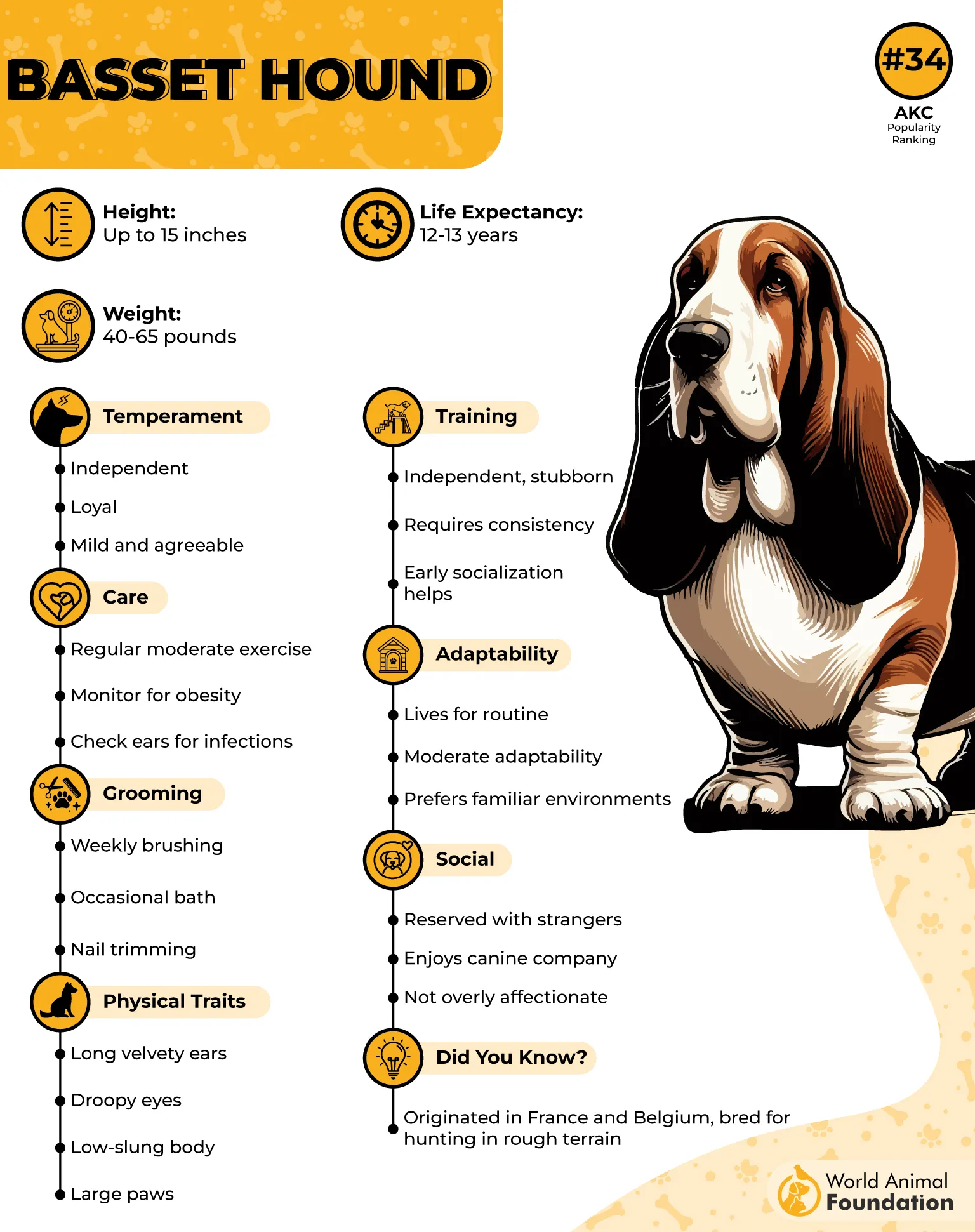
Despite their laid-back demeanor, they have an independent streak that makes training a test of patience. Their stubbornness isn’t defiance—it’s a hound’s nature to weigh instructions against their own instincts.
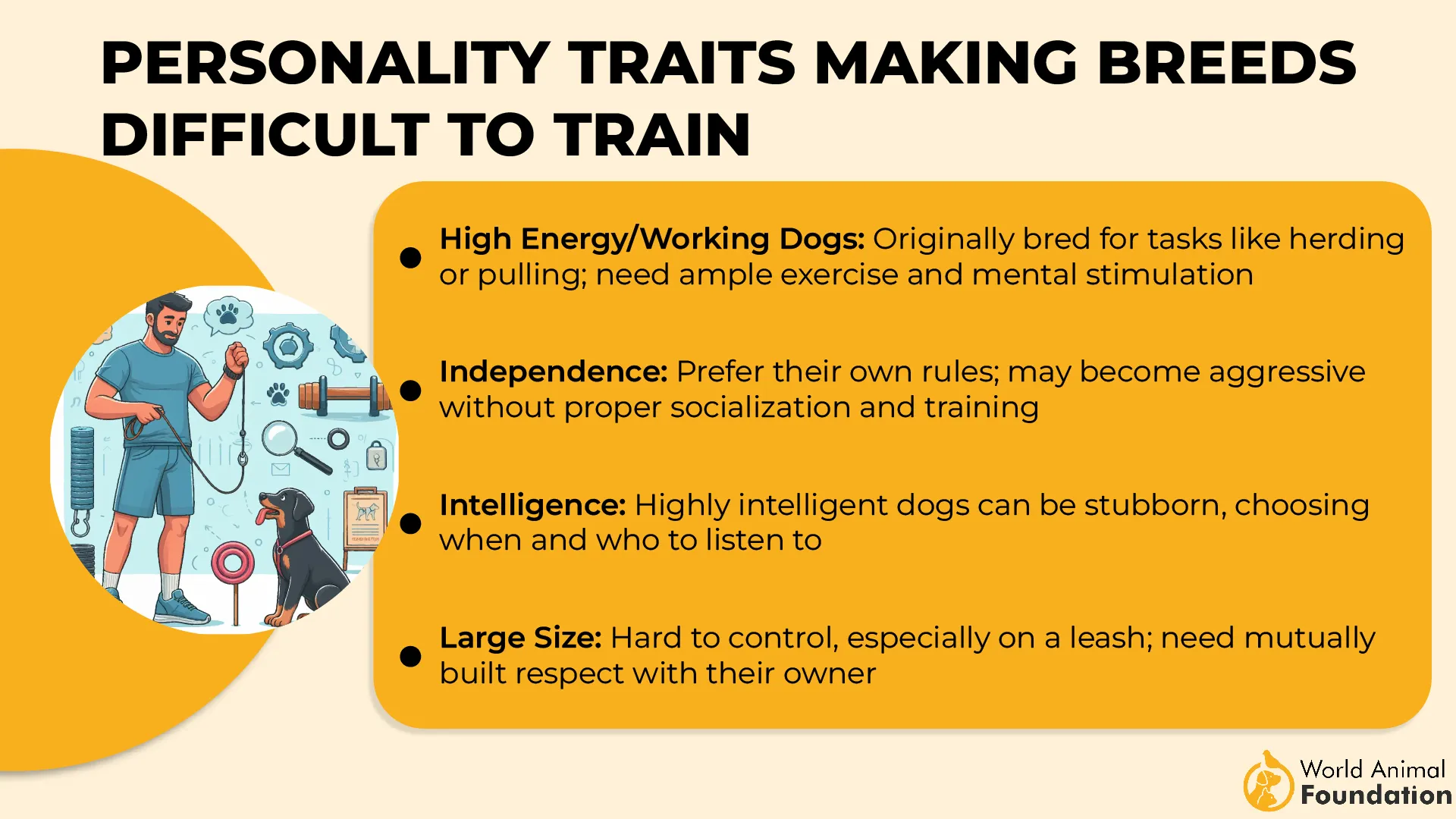
Their short, dense coat is easy to maintain, but those long ears need regular cleaning. Families often find the grooming routine part of the dog’s charm, with Bassets leaning in for attention during care.
Fun Fact
Because of their deep, resonant bark, Basset Hounds have been nicknamed “the bark with legs,” a sound that feels much bigger than their short stature suggests.
5. Yorkshire Terrier

The Yorkshire Terrier’s history as a rat hunter in English mills gave it an outsized personality in a tiny frame. Their sharp alertness made them valuable for keeping pests away, and that instinct to notice everything stayed with the breed.
Yorkies are confident and spirited, often acting as though they run the household. That boldness means they take the role of “announcer” seriously, letting their people know when they hear something unusual. A doorbell sound—real or on TV—quickly catches their attention and provokes a response.
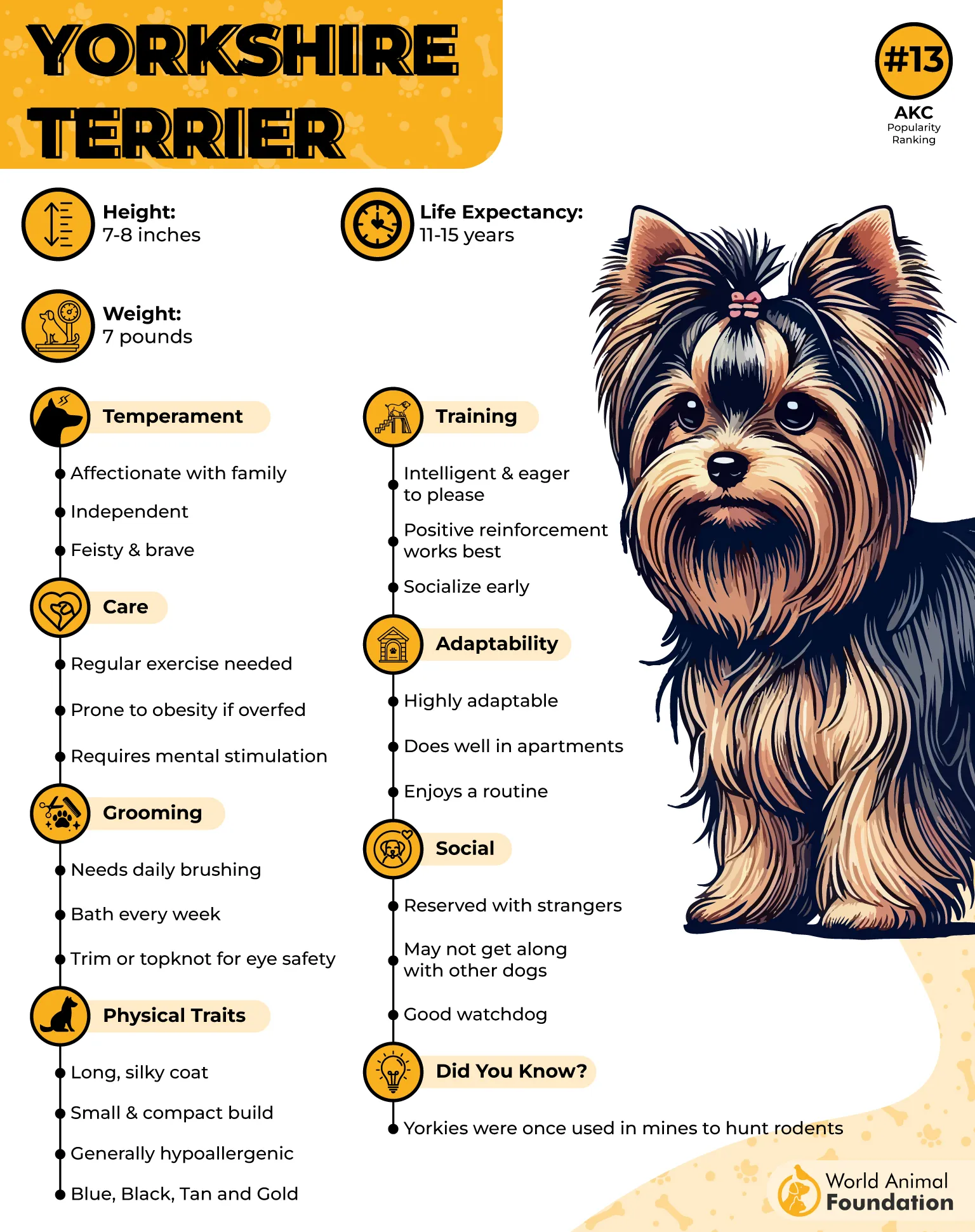
As per Purina, their fine, silky coat needs consistent brushing to prevent tangles. Families often turn grooming time into a regular part of the day, and many Yorkies seem to enjoy the attention it brings.
Because they are small, Yorkies adapt easily to city apartments and larger homes alike. Their size never stops them from being vocal, and their bark often carries far more presence than expected.
Their eagerness to interact keeps them tuned into every sound, from footsteps in the hallway to a faint ring from the television.
Fun Fact
The first therapy dog on record was a Yorkshire Terrier named Smoky, who comforted wounded soldiers during World War II.
6. Siberian Husky

The Siberian Husky was bred by the Chukchi people of Siberia to pull sleds across frozen landscapes. Their endurance and ability to work in teams made them essential in harsh climates, and their expressive voices became part of their character.
Huskies are famous for their “talking” tendencies. Instead of a simple bark, they produce howls, yips, and long, vocal “conversations,” filling the home with a chorus of sounds.
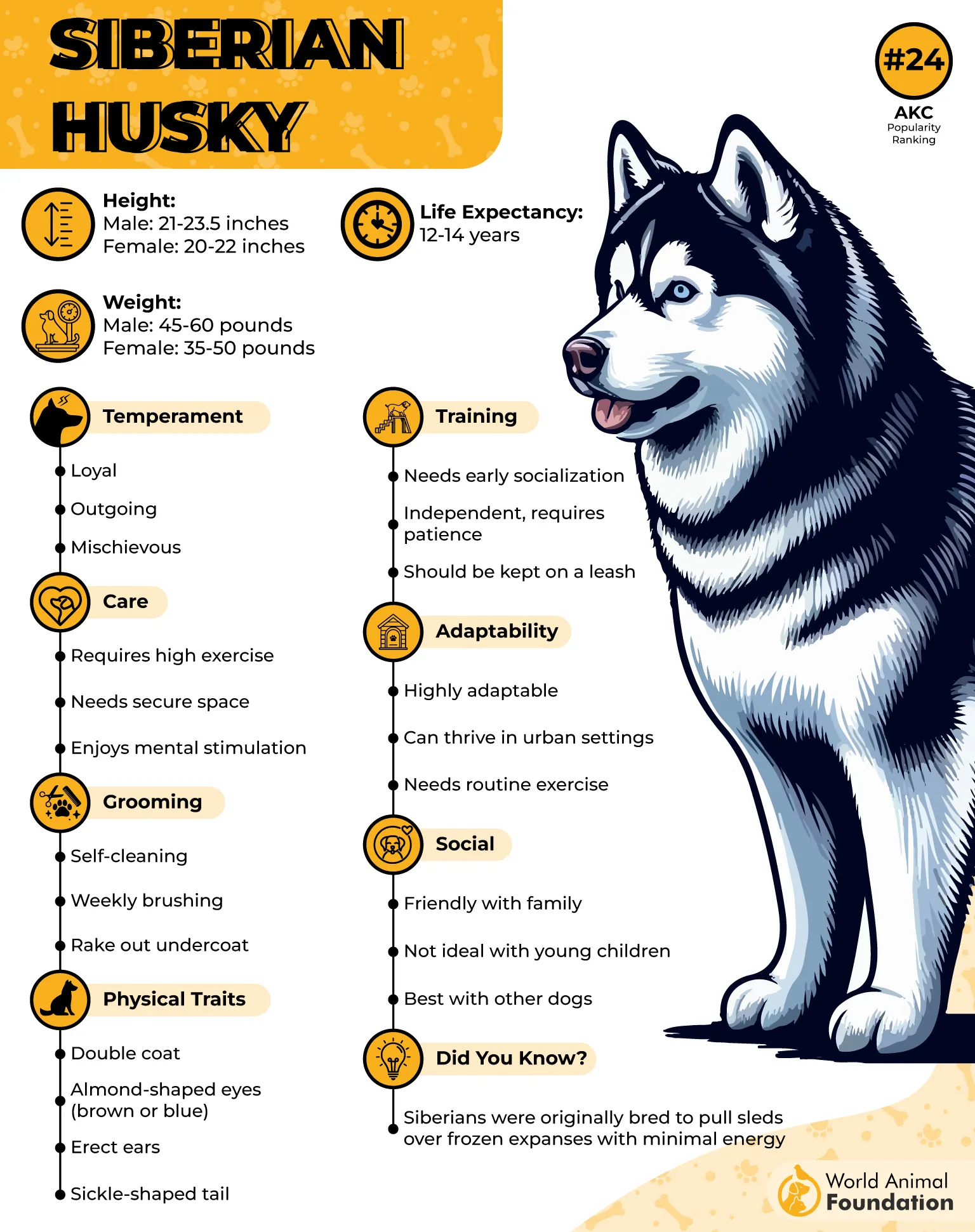
Their thick double coat needs regular brushing, especially during seasonal shedding. The undercoat sheds in large amounts, and families often keep grooming tools close at hand during those periods.
These dogs thrive on activity and mental stimulation, needing space to run or challenging tasks to keep their minds engaged. Without enough outlets, they’ll find their own entertainment, including vocalizing at every sound.
Their strong social nature means they stay highly aware of their environment, reacting to noises with vocal flair that feels unique among breeds.
Fun Fact
Siberian Huskies helped deliver life‑saving medicine to Nome, Alaska, in 1925 during the famous “serum run,” inspiring the legend of Balto.
7. Pomeranian
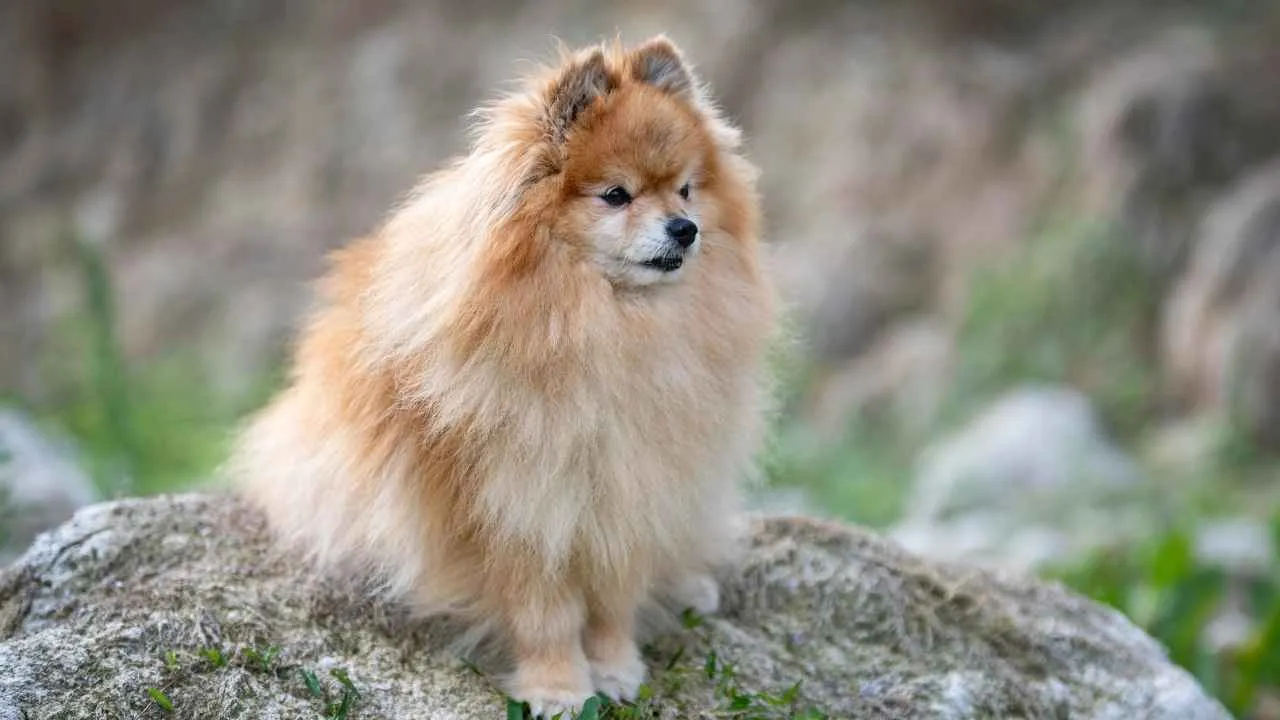
The Pomeranian’s fluffy coat and small size disguise a confident, sharp‑eared companion. Originally descended from larger sled dogs, they were bred down to lapdog size but kept their lively temperament and instinct to react to anything unfamiliar.
These dogs are known for their animated personalities. They vocalize freely, making sure every sound—like a TV doorbell—gets a response.
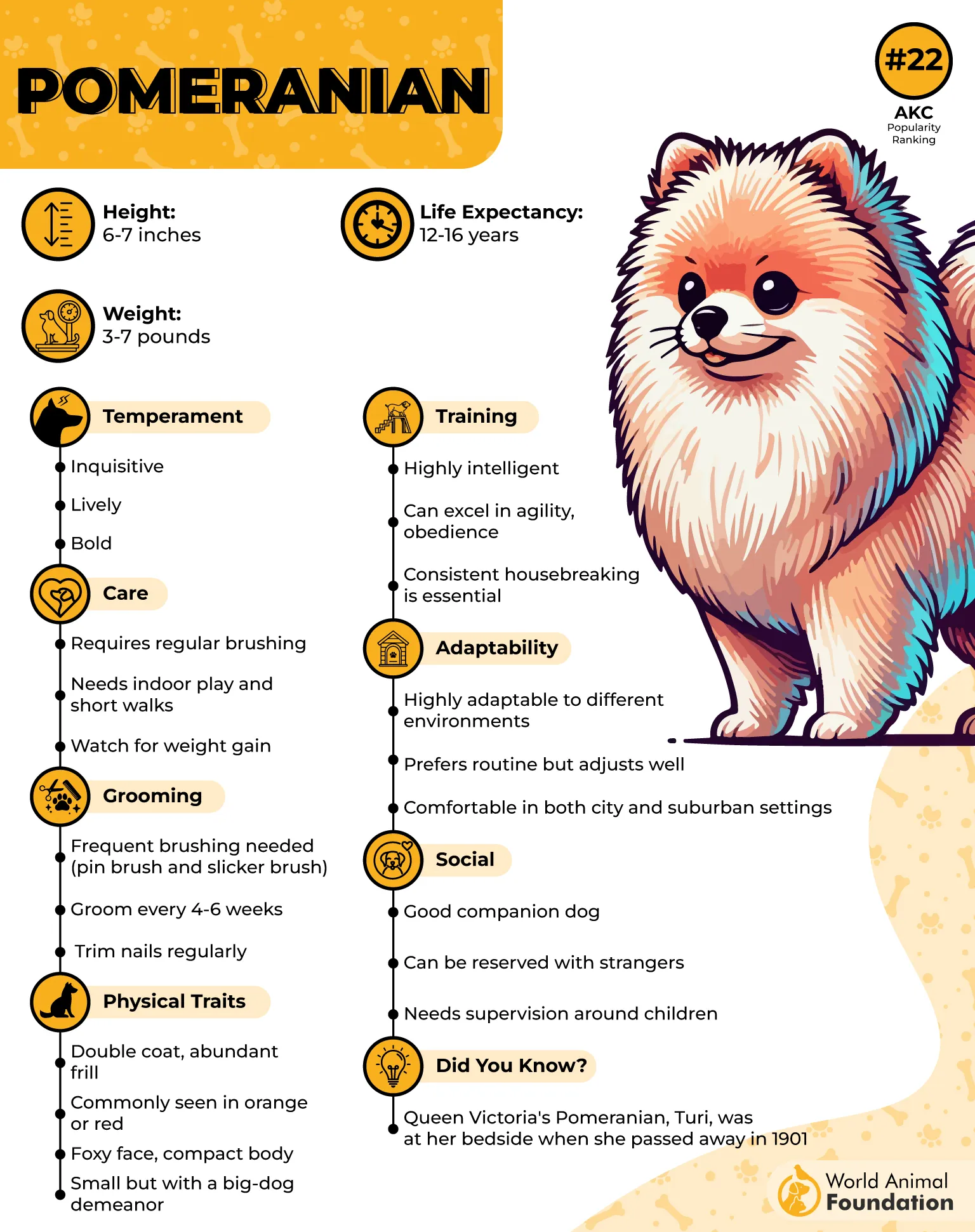
Their double coat is thick and requires regular grooming to stay healthy. Brushing helps manage shedding and keeps their distinctive “puffball” appearance neat.
Pomeranians enjoy being involved in daily routines and crave interaction. They often position themselves where they can see everything, ready to “announce” what they hear.
Their quick reactions and bright energy fill the room, adding both amusement and a constant sense of awareness to the household.
Fun Fact
Queen Victoria adored Pomeranians and helped popularize the breed after bringing several back from a trip to Italy.
Conclusion
Living with a vocal dog means learning the language of every bark and shuffle. Some leap from the bed when they hear a sound, while others stay curled in a lap, eyes fixed on the window, listening for the next thing that catches their focus. Owners laugh when the dog decides to “answer” the doorbell on TV, then jumps down to check again, convinced someone is waiting.
A tap on the phone might bring a tone that sets them off, and the reaction can feel as personal as someone telling them news. People have tried every sort of approach, from a firm sit command to apps that claim to calm barking, and each family continues to find its own rhythm.
These dogs move through the house with a kind of certainty, making choices about what to announce, and their voices become part of the reason they’re so loved.


